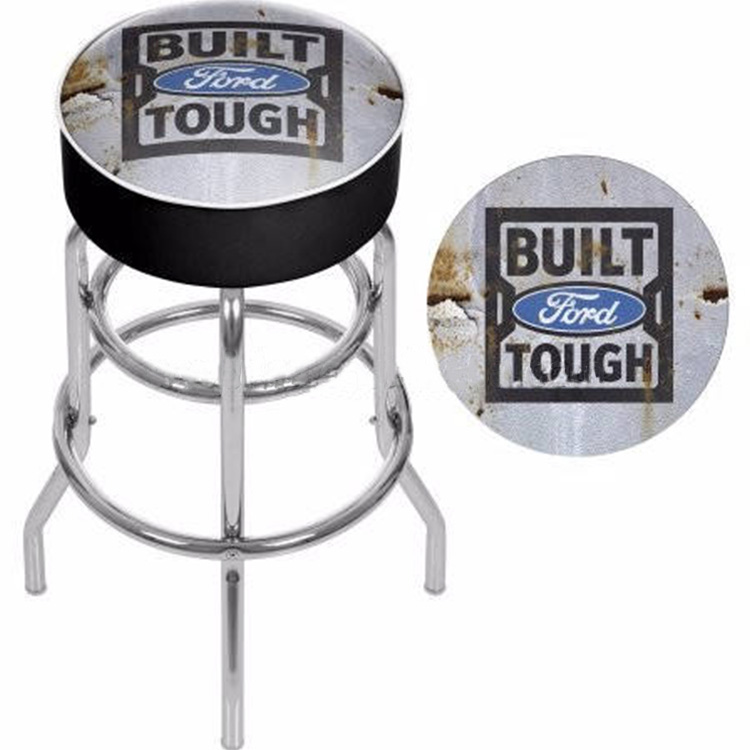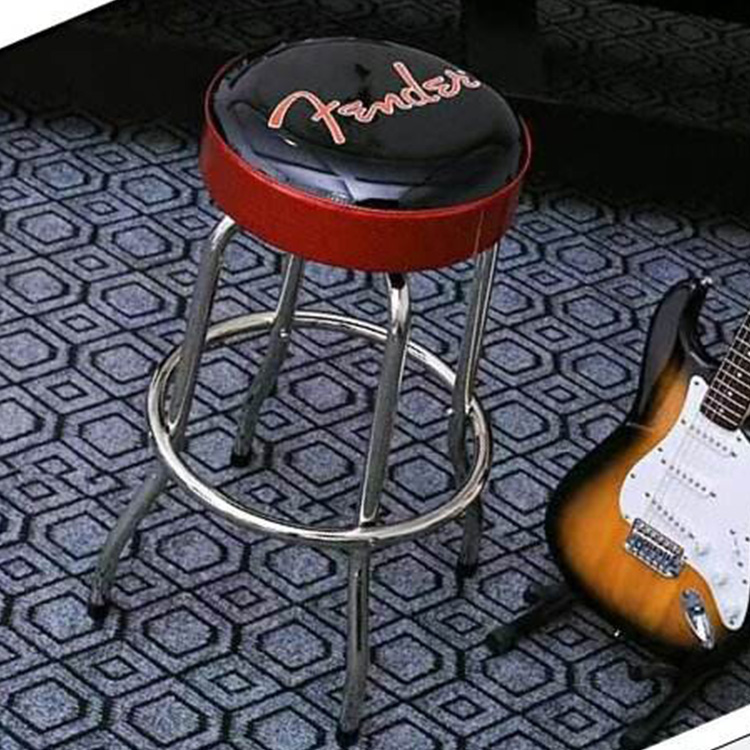
In many homes, the dream of a cozy bar corner meets the reality of limited space. That’s where Small Bar Table designs shine—providing the height and vibe of a bar without occupying an entire room. But a bar table alone isn’t enough: choosing the right Commercial Bar Stools to pair with a compact bar table is equally critical.
Design Strategies for Compact Small Bar Tables
1. Choose Space-Saving Shapes & Tops
Round or square tables: These avoid sharp corners and are easier to maneuver around.
Pedestal base or central column supports: Instead of four legs, which can interfere with seating, a central base gives more freedom for Commercial Bar Stools to tuck in.
Foldable or drop-leaf designs: A table that can extend when guests are over, then collapse when not in use, balances utility and space efficiency.

2. Keep Proportions Slim
Select slim tabletops (e.g. 1–1.5 in thick) rather than heavy chunky ones to maintain open sightlines.
Use glass or acrylic surfaces used in small tables, which visually weigh less.
Use lighter wood stains or powder-coated metal, to avoid bulky visual weight.
3. Match Stool Design Thoughtfully
To pair well with a Small Bar Table, your Commercial Bar Stools should:
Be narrow in footprint, so more can fit side by side.
Have backrests or none depending on how tight the space is.
Be stackable or tuckable when not in use.
Use open-frame legs or wire designs to allow airflow and make the area feel lighter.
Layout & Spacing ideal Practices
4. Prioritize Movement Flow
Even in compact setups, movement is key:
Leave at least 10–12 inches (25–30 cm) behind stools so patrons can slide out without bumping into walls or counters.
For aisles behind seating, allow 18–24 inches (45–60 cm) of clearance when possible.
5. Configure Against Walls or Corners
Putting your Small Bar Table close to a wall or in a corner can free up more floor space:
Use semi-circular or half-moon tabletops mounted to the wall to save depth.
Allow seating on one or two sides only.
Install shelving or overhead cabinets above the table to handle glassware or bottles.
6. Use Mobile & Adjustable Features
Equip the Small Bar Table or stools with leveling feet or glides to adjust for flooring unevenness.
Choose Commercial Bar Stools with casters or glides (lockable) so they can be repositioned or tucked away easily.
Use swivel stools to allow entry/exit without sliding the whole unit.
Material, Durability & Finishing Tips
7. Invest in Quality for Longevity
Compact bar spaces tend to get more traffic, spills, and abrasion. For both table and stools:
Use durable surfaces like sealed hardwood, metal, or laminated options.
For tops in food prep or serving zones, use finishes that resist stains and heat.
Ensure stool frames are welded or reinforced enough to withstand regular use.
One bar-furniture supplier site lists a wide variety of Commercial Bar Stools built for heavy traffic, in multiple materials and styles.
8. Balance Maintenance with Aesthetic
Choose materials that are easy to clean—metal, sealed wood, vinyl upholstery.
For wooden Small Bar Table tops in kitchen-adjacent settings, consider epoxy or food-safe coating to resist moisture. A woodworker on Reddit described using Osmo TopOil to protect a slab table from daily use.
Use glides or felt pads under stool legs to protect flooring and reduce noise.
Contact Us